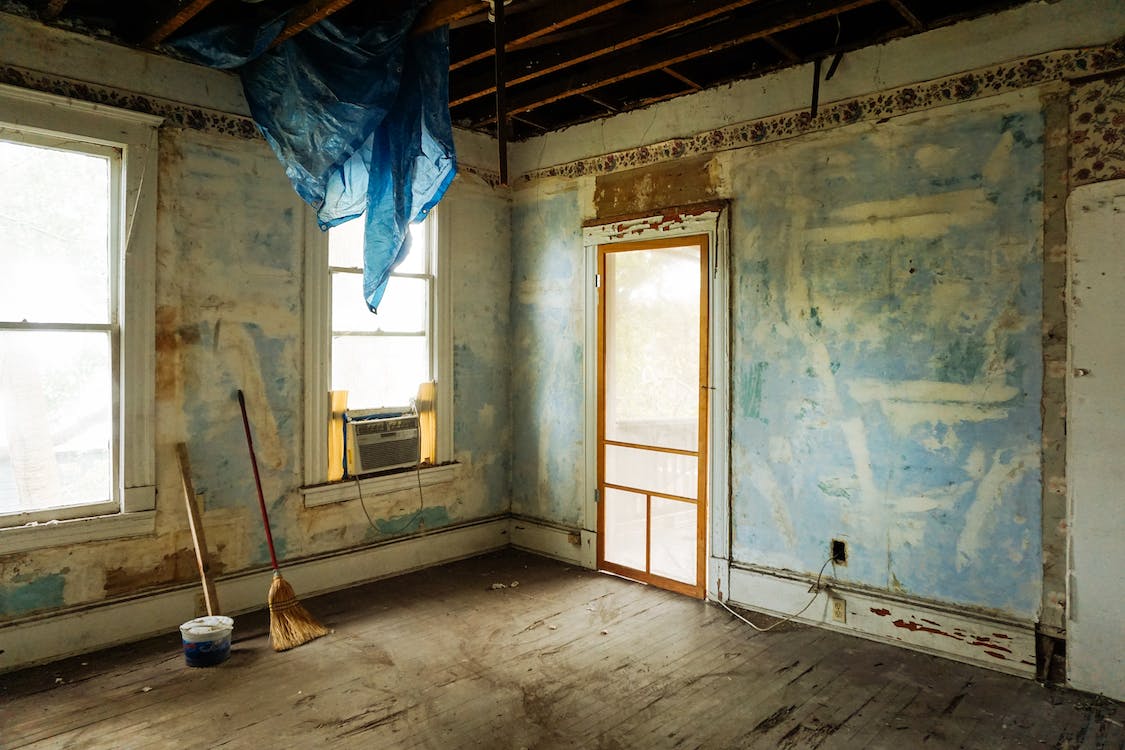There are several compelling reasons to obtain permission to enter someone else’s property. One of the tips for exploring abandoned places is to ask permission. The most important reason to inquire before entering is that it may save you from legal trouble. If you are caught on private property without permission from the owner or law enforcement, you could face criminal charges that could result in community supervision, financial penalties, prison sentence, and a permanent blemish on your criminal record.
However, obtaining the permission of the property owner can make it easier to gain access to the building or structure, and they may be willing to assist you in exploring areas that would otherwise be inaccessible. Asking the owner to let you in is much easier than looking for an entry point. They may also know about any damage or structural issues with the building, which will keep you safe while you explore.
Finally, the owner of the site may be able to provide information about the location’s history and use, adding colorful detail to your visit and photos.
How to Request Approval to Visit Abandoned Houses
1. Do some study on abandoned buildings before you ask.
Always start your urban exploration with thorough research on the location you want to visit, but it’s especially important to do your homework before approaching a stranger and asking to enter their home.
First, determine why the structure was abandoned or shuttered. You should know the stories behind those spooky abandoned places. Contacting the family to request access to a home that has been vacant since a heinous crime occurred there may reopen old emotional wounds and cause significant harm, and they are unlikely to agree.
If a site is closed due to historic or environmental concerns, on the other hand, if you craft your request carefully, you may have a good chance of getting inside.
If a government agency has declared a site off-limits due to environmental or safety concerns, your chances of legally entering are slim to none. You may choose to enter first and ask forgiveness later if you are caught in these circumstances, but you should consider the potential safety and health risks before doing so.
2. Identifying the Owner of Abandoned Buildings.
Due to the power of online databases and publicly available data, determining who owns a website can be relatively simple. The government of the county in which the site is located is usually the most accurate source of information.
A search for the county property appraiser’s website should lead to a page where you can enter the address or parcel number of the property you want to see and learn the owner’s name, as well as other information such as the property’s sales history.
If the building is owned by a business, look for a company website or social media account that might have contact details for the owner or property manager. If you can’t find anything, the Better Business Bureau may be able to provide more information.
If the house is for sale, contact the real estate agent in charge of the sale; they might be willing to let you inside under the guise of a possible purchase.
If the building is owned by a private person, an online search of their name combined with the address may yield some contact information. You might be able to track them down and communicate with them using social media sites like Facebook or LinkedIn.
3. Persuading the Owner to Accept.
Now that you have found the property owner and learned a little more about the history of the abandoned buildings, it is time to plan your approach to obtaining permission to enter. The most successful requests include two key elements: assuring the owner of the risks involved in granting your request and establishing the legitimacy of your reasons for wanting to go inside in the first place.
Your request should begin with the person’s name, not a vague “To Whom It May Concern” or the generic “Property Owner.” Using the person’s name shows that you’ve done your research and found out who is responsible for the property, and it also catches their attention and increases the likelihood that they will respond.
Next, introduce yourself in a way that expresses your reason for visiting the property. Never refer to yourself as an “urban explorer”—unless they share your interest in the hobby, they are unlikely to know what that term means or what your intentions are.
Instead, introduce yourself as a photographer, historian, researcher, writer, or journalist; these occupations are well-respected and indicate that your intentions for entering the premises are genuine and constructive.
Your tone should be professional but friendly throughout your communication. Even if you’re sending a Facebook message or text, use formal sentence structure and grammar to give your request credibility and authority. Send it through software to double-check your grammar and spelling, and have a detail-oriented friend review it and provide feedback if possible.
4. Consultation with Neighbors.
If your initial searches yield no results for the property owner or their contact information, your last option is to knock on neighbors’ doors and see if they can assist. Introduce yourself, explain what you want to do with the abandoned buildings, and inquire if they know who owns the land and how you can contact them.
Use the same strategy as when sending an email or letter: be friendly but professional, and identify yourself as a photographer, historian, or writer. In some cases, the neighbors may be willing to share or pass on the owner’s contact information, or they may have additional information about the property’s current status.
At the very least, by informing your neighbors about yourself and your plans, you may reduce the likelihood that they will call the cops if they later see you entering the property, because they may assume you were able to locate the owner and obtain permission to explore.
5. Dealing with Rejection.
If the owner flatly refuses your request to visit their property, you have two choices: respect their wishes or try to enter anyway. If you choose the latter, be aware that your chances of being caught in abandoned buildings have increased because you’ve caught the attention of the property owner, who may be keeping a closer eye on the property to protect it from prying eyes and curious explorers.
If you choose the former, you can always contact the owner again in a few months to see if they have changed their mind or if the building has changed hands. Meanwhile, start looking for other, more accessible places to visit.
Urban exploration is a fantastic hobby, thanks in large part to the sense of adventure and discovery it provides. It can be thrilling to enter places that few other people are aware of as if you are privy to some kind of wild and wonderful secret.
While asking for permission to enter a site may seem counterintuitive to the element of danger and risk that makes urbex so exciting, it can enhance your urbex experience by removing any fear of being caught and giving you better access to the site.
While each urban explorer must make their own decision about whether or not to seek permission before entering a building, the reasons for doing so are compelling, and you should at least consider them before proceeding with your visit. There are also some people who aim to buy abandoned houses and transform them into a new and beautiful home. Learn more about this in our article, How Can You Transform an Abandoned Home into Your Dream Space?


